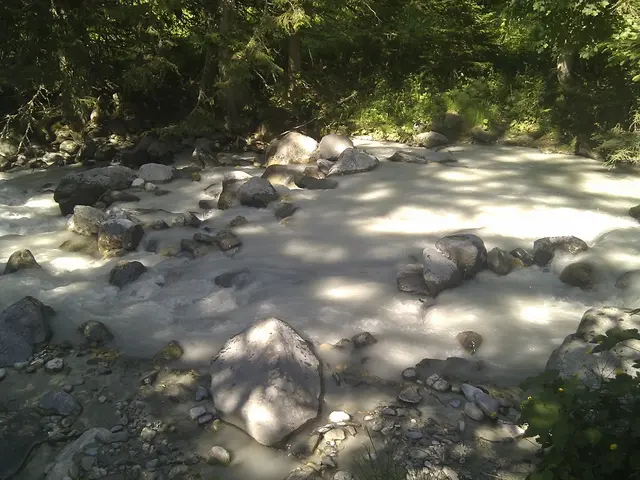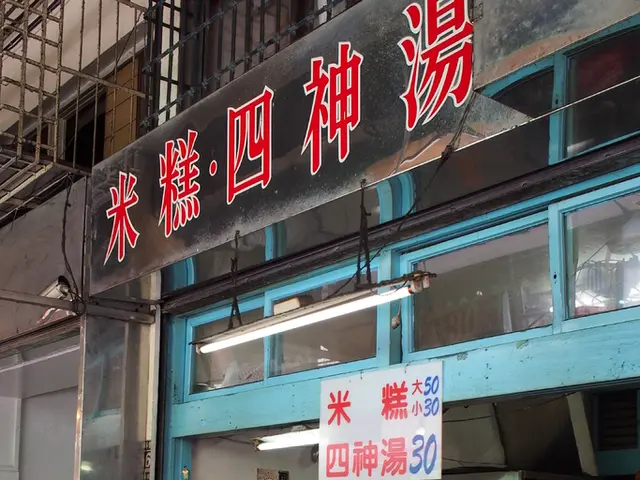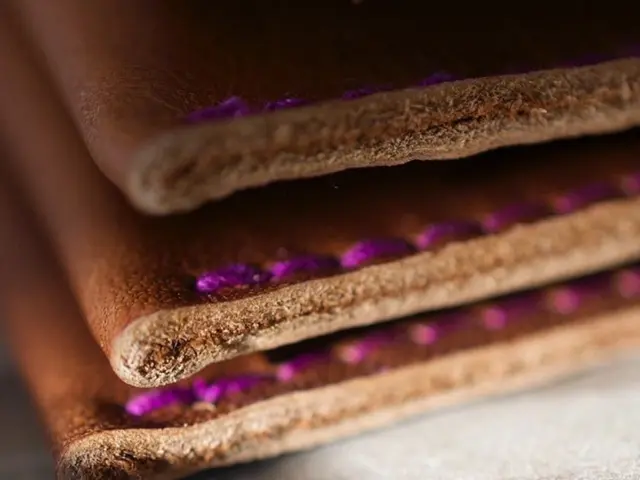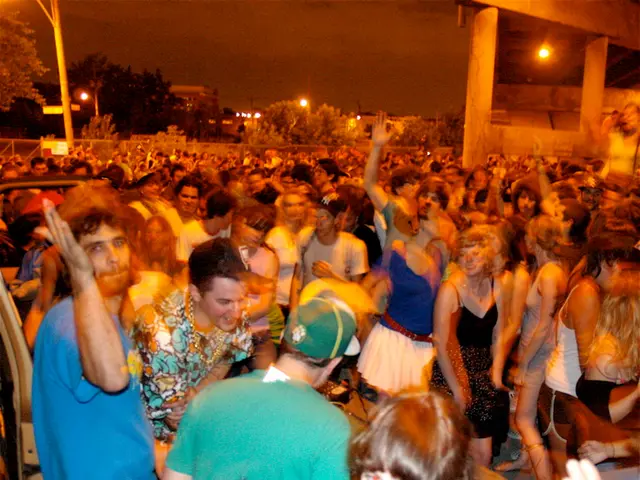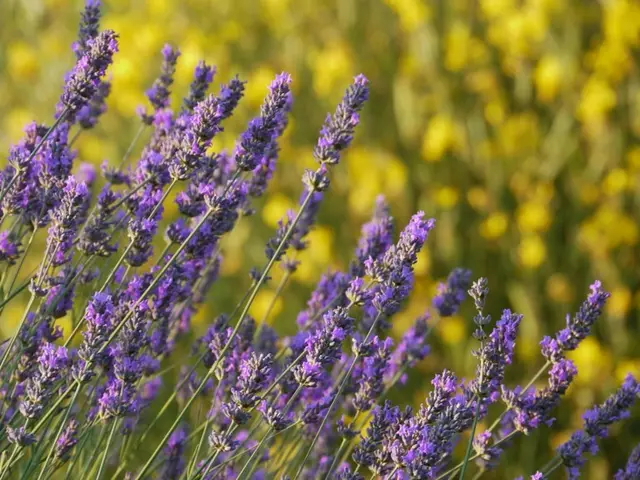Urban Vegetation Transforming Cityscapes: Exploring the Impact of Green Rooftops and Walls on Urban Landscapes
In metropolises worldwide, the escalating challenges of air pollution, noise, and the urban heat island effect are growing increasingly prominent. The concrete jungles trap heat and restrict natural ecosystems, adversely impacting residents' quality of life. Absence of greenery results in higher carbon dioxide emissions and diminished rainwater absorption, leading to flash floods and excessive building heat accumulation. Modern cities, from an ecological perspective, are degenerating, necessitating innovative, nature-based solutions.
To address these issues, architects and urban planners are resorting increasingly to green roofs and walls – innovative techniques that can drastically alter the appearance of urban agglomerations. Vegetation on buildings offers not only an aesthetic purpose but also contributes to environmental protection and improved quality of life. Green roofs and walls enhance biodiversity by creating natural habitats for birds, insects, and other organisms. On a large scale, their implementation is not just an environmental concern but also a matter of public health and the future of cities as habitable, sustainable environments.
Green roofs and walls provide several benefits in environmental protection:- They mitigate the urban heat island effect by replacing heat-absorbing surfaces with vegetation, resulting in local air temperatures reduction of up to 20°F and surface temperatures reduction of up to 56°F. This cooling effect alleviates the urban heat island phenomenon, making cities cooler and more comfortable.- They absorb and retain substantial rainfall, reducing stormwater runoff and easing the pressure on overwhelmed sewer systems. This also improves urban water quality by filtering pollutants.- They offer habitats for beneficial insects, birds, bees, and butterflies, even in high-rise urban environments, fostering urban biodiversity and ecological connectivity.- They reduce the demand for air conditioning, thus cutting energy consumption and associated greenhouse gas emissions. By lowering building surface temperatures and internal heat, green roofs contribute to urban energy efficiency.- They support resilient infrastructure by managing extreme weather impacts like heavy rainfall and heatwaves.
In terms of public health, these green systems:- Improve air quality by filtering airborne pollutants and dust.- Reduce heat stress among urban populations, enhancing both outdoor and indoor thermal comfort, essential during heatwaves.- Contribute to psychological health by providing visual greenery and potential recreational or relaxation areas, lowering urban stress.- Foster bee and butterfly populations, essential to urban food systems and natural ecosystems.
In the context of sustainable urban living, green roofs offer:- Economic benefits, such as increased property values, reduced energy and stormwater fees, and stimulating green jobs in design, horticulture, and maintenance. Investments in green roofs can generate hundreds of thousands of jobs.- Opportunities for urban agriculture, with some green roofs supporting rooftop farms, providing fresh local food and enhancing food security.- Compliance with green building certifications like LEED, encouraging broader sustainable development practices.- Harmonization with renewable energy solutions, such as rooftop solar PV, by moderating roof temperatures and potentially improving solar panel efficiency.- Durability, with properly designed green roofs having lifespans of fifty years or more, offering a long-lasting, low-maintenance sustainable solution.
In summary, large-scale implementation of green roofs and walls transforms urban landscapes by cooling cities, managing stormwater sustainably, enhancing biodiversity, improving public health, and fostering economic and social sustainability, thus playing a critical role in future-oriented urban infrastructure.
- In an effort to create more sustainable, habitable cities, urban planners are turning to methods like using green roofs and walls, which not only improve the appearance of urban environments but also contribute significantly to environmental protection, public health, and lifestyle choices such as sustainable living.
- Alongside implementing green roofs, city residents can promote sustainable living by adopting practices from environmental-science, such as home-and-garden techniques that focus on water conservation, composting, or even urban farming, thus further enhancing the city's overall resilience and livability.

